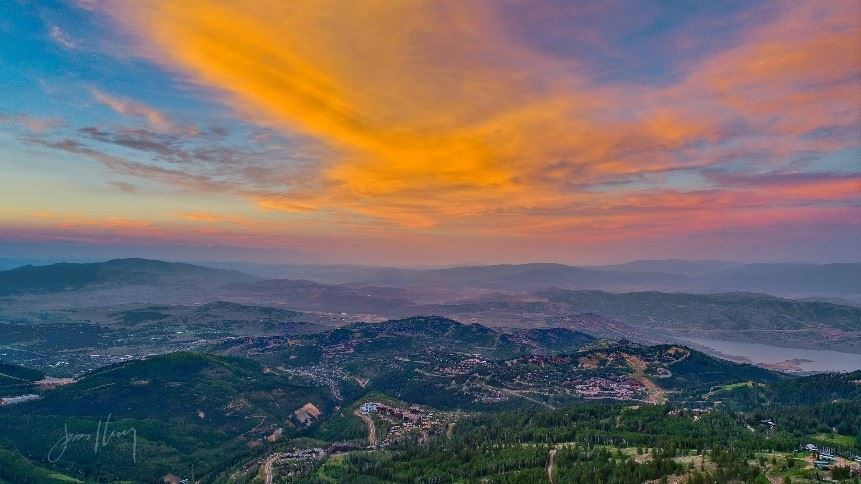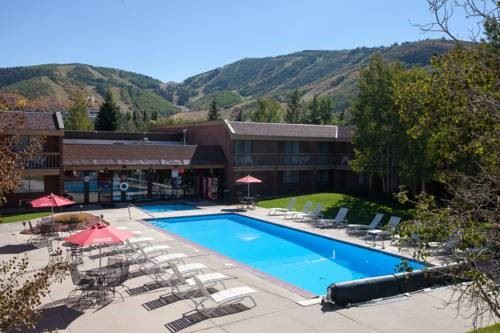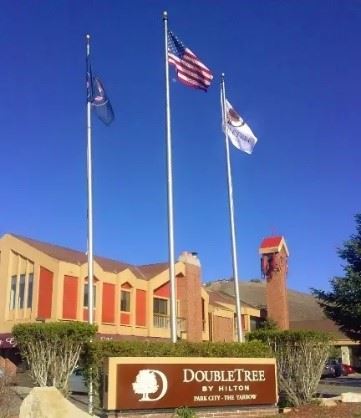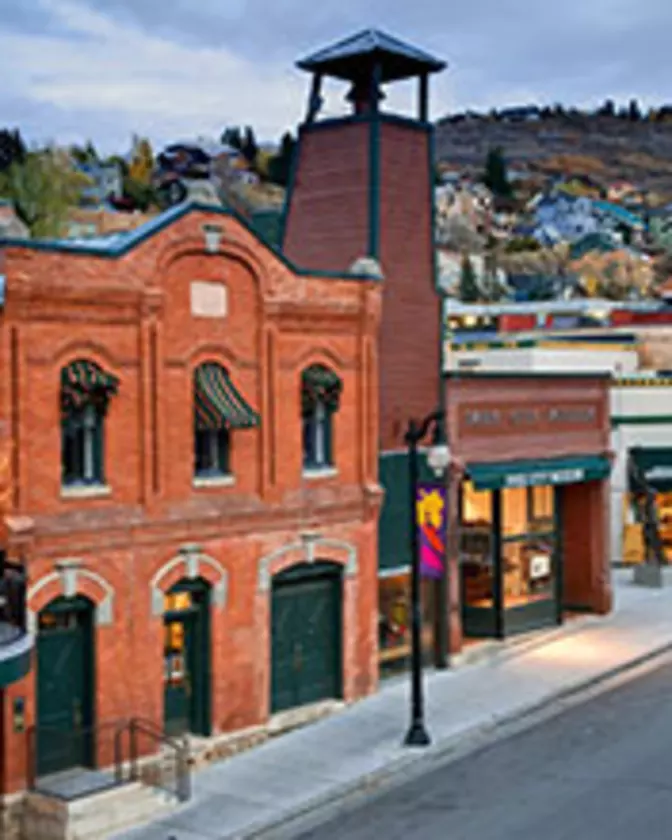- Home
- Location and Lodging
Location, Accommodations, and Travel

Park City, UtahExplore, relax, and create unforgettable memories while attending ISEMPH’s 4th Annual Meeting in Park City. It’s a town where you can easily mix education and recreation with your family, old friends, and new colleagues. There are hundreds of miles of hiking & mountain biking trails, scenic gondola rides, museums, galleries, and award-winning alfresco mountain dining options. Park City Transit, the town’s free bus service, will get you where you need to go — and you’ll be able to plan your trip using an app to get real-time Park City bus information. If your schedule allows, plan to stay an extra day or two to experience more of what Park City has to offer! For additional information, check out Visit Park City. In August, you can expect mild, dry weather, with temperatures ranging from 48°F at night to 75°F during the day; and spectacular sunrises and sunsets, with 14+ hours of daylight.
Roommate MatchingIf you will be traveling alone to ISEMPH 2018 and would like to minimize expenses by finding a person to share accommodations, please email janice.mancuso@gmail.com to be added to the Roommate Matching List. The list will then be sent so you may independently contact others to make arrangements. | Getting to Park City from Salt Lake City AirportYou can take a taxi or shuttle, rent a car, or book with Uber or Lyft. Prices vary. You could pay as little as $22/person if you book (and fill) a 1-5 passenger van with A-Line Transportation for the flat rate of $110. It goes up from there. The Lyft estimate (on Feb 10, 2018) was $50-55/person. DoubleTree by Hilton – Park City
In-room amenities include: *Comp Wi-Fi internet access, *Mini fridge, *49” flat screen TV, *Coffee, *Safe for valuables, etc. You’ll find a 24-hour fitness facility, laundry service, 24-hour business center, ATM, self-parking, and the famous ‘DoubleTree by Hilton’ cookie! |
Park City’s Interesting History & EvolutionEarly in the 21st century Park City, Utah gained international notice when it helped host the 2002 Olympic Winter Games. Hundreds of thousands of visitors from around the world filled the town during those 17 days to watch the planet's best athletes compete for Olympic gold. Yet more than 130 years earlier, a rush of people flocked to Park City seeking a different precious metal…silver. The Early YearsIn 1868, a group of prospecting soldiers stationed near Salt Lake City discovered silver in the hills surrounding what is today Park City, with sizeable strikes following shortly thereafter. In 1872, a trio of prospectors tapped into an extremely rich silver vein in Ontario Canyon. Word of the strikes spread quickly and adventurers from around the world flocked to the area, turning the tiny camp into a boomtown. The new population soon put down roots. Wooden mining shacks were quickly constructed, the weekly Park Record newspaper was launched, and schools, churches and businesses were established. In 1884, Park City was incorporated as a town. The town's residents enjoyed great prosperity for half a century. The mountains surrendered over $400 million in silver and established many fortunes, including those of Utah's Silver Queen Susanna Bransford and George Hearst, father of newspaper publisher William Randolph Hearst. Park City was one of the few Utah towns established by non-Mormons. During the mining boom, 27 saloons existed on Park City's Main Street to "whet the whistles" of thirsty miners. This rebellious streak continues today, with Park City home to over 100 bars and restaurants. Park City attracted fortune hunters from around the globe and by 1889 the town's population was over 5,000. The majority of its international residents were Irish, but other nationalities represented included the Swedish, Finnish, Cornish, Chinese, Scottish and Yugoslavian. You can still see the influence of these groups today in the town's architectural styles and neighborhood names. Life in Park City wasn't always easy. The Great Fire of 1898 destroyed 200 of the 350 structures, homes, and businesses on Main Street. Not to be deterred, residents rebuilt the town within eighteen months. During its heyday, Park City was said to be the greatest silver camp in the world with enough ore to last another 100 years. |
|

 Great Location… Great Value! The DoubleTree by Hilton—site of the 2018 ISEMPH meeting—is j ust 32 miles east of Salt Lake International Airport and is centrally located in the heart of Park City, UT.
Great Location… Great Value! The DoubleTree by Hilton—site of the 2018 ISEMPH meeting—is j ust 32 miles east of Salt Lake International Airport and is centrally located in the heart of Park City, UT.
 It Was All "Downhill" From There
It Was All "Downhill" From There